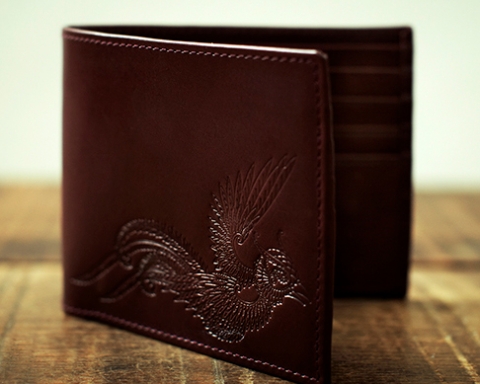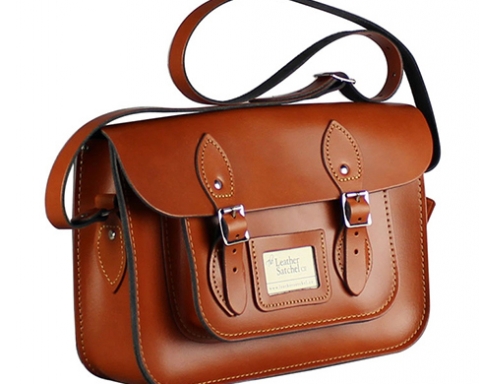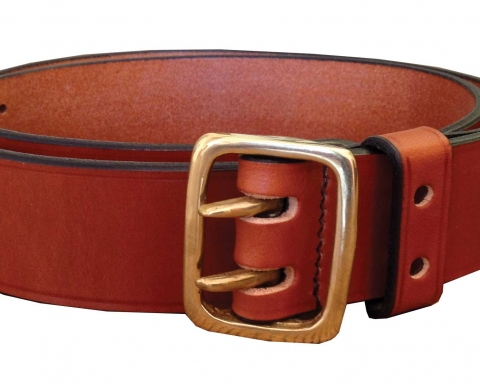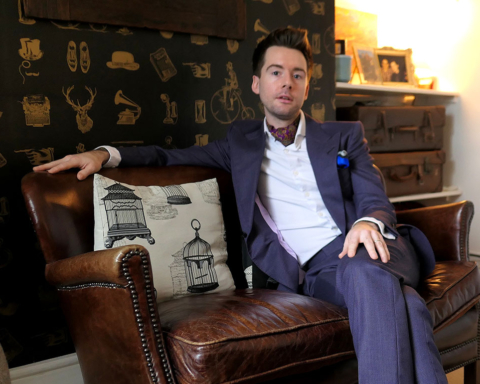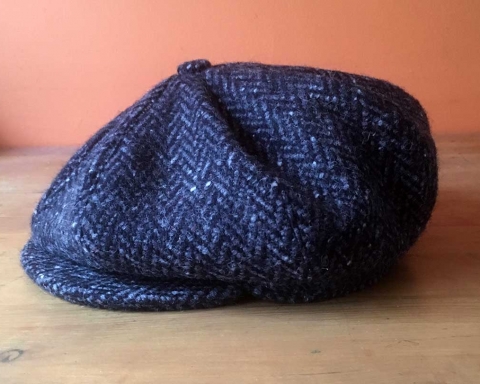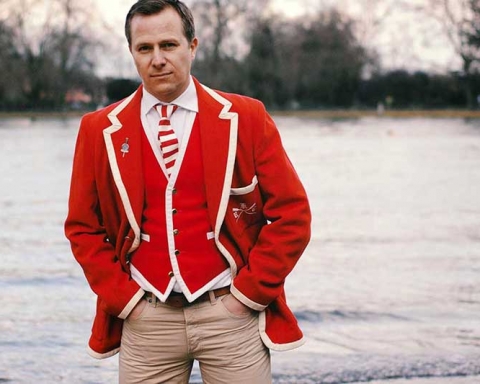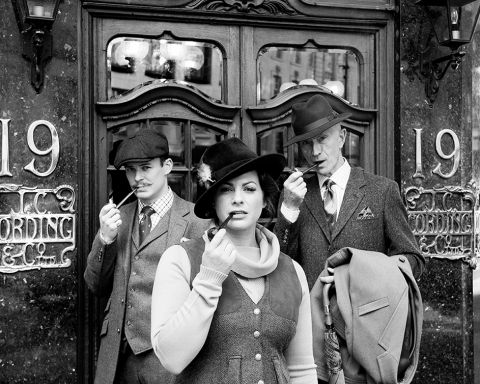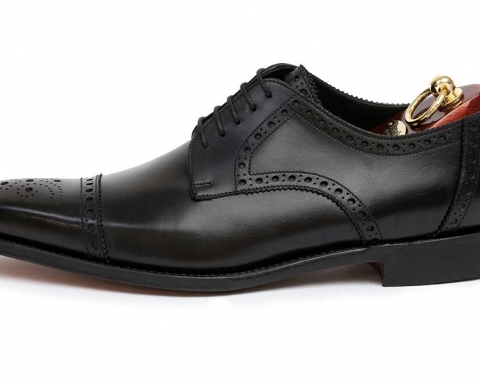
Like the idiot uncle or embarrassing aunt, one’s feet are not for public consumption. Uncovered, they dislodge any sense of dignity, and even on a good day can be mistaken for distended offal. Handsome fellows they are not. And yet, loitering at one’s southernmost extremity, these unsightly outgrowths are integral to a Chap’s upstanding and elegance. One cannot simply cheese-grate them from the scene without irretrievable consequences. Like the mule of yesteryear, they are necessary, yet unloved.

Perhaps this is why they only get scraps from the sartorial table? When socks are mentioned as presents, it is done so in jest, held up as the very substance of thoughtless gifting. And, like a badly chosen spouse, they commonly trail nothing but disappointment in their wake. But it shouldn’t be thus.
The Joy of Socks-ual Knowledge
There is no plaque nor folkloric tradition that marks the day we first bagged our hind paws in some rudimentary sock. But let us assume that cold feet provided the catalyst, and our antique brain the wherewithal to wrap our feet in skins gathered up and tied around the ankles. Perfect for the time and place. But just a beginning.

In the 8th Century BCE, the Greek poet Hesiod was writing, “Around your feet, tie your sandals made from brutally hunted oxen skin and, under these, dress them in piloi” (a wool layer that could be considered the first sock). By the 1st Century CE, the Romans were wearing sewn foot coverings called Udones – a utilitarian response to colder climes – which could be worn under boots like modern socks, yet being of heavy wool could also be used on their own, or with sandals. However, some of the earliest surviving, and recognisable socks date from 150-350CE, and were excavated in Antinoupolis, Egypt. They were of a split-toed design, for use with sandals, and also one of the earliest examples of knitted socks, produced using the naalebinding, one-stick knitting technique.
Throughout the mediaeval and Tudor period, socks evolved as a result of fashion’s fickle practices, with the length of the socks correlating to the length of one’s breeches, eventually resulting in colourful stockings that ran from foot to waist, and more closely resembled tights than contemporary foot bags.

Tudor England also saw the first sock revolution, with the invention of the knitting machine in 1589 by William Lee, which could knit socks six times faster than by hand. Unfortunately, Queen Elizabeth I refused him a patent for his invention because she didn’t like the quality of the stockings it produced. She was used to the fine silk legwear imported from continental Europe. Lee’s machine, she complained, made wool socks that were too coarse for the royal trotters.
Over the intervening centuries, socks continued to evolve, with the universal transition to gunnysacks that are more recognisable as a sock today arriving in the period following the French Revolution. The ‘short breech and stockings’ look went the way of most fashion aberrations, and men began to wear longer strides. No longer needing to cover the lower leg, socks got shorter and started take on the appearance of the contemporary sock. They were also a ‘luxury’ most people could afford, for by this time knitting was a common skill; all one required to rustle up a pair was a couple of sticks, a length of thread and a wife.

The advent of elastic thread provided the next revolutionary spasm – and although you might take it for granted that your socks will stay at attention, until the end of the 1920s even the finest socks required suspenders. It was also at this point that the classic Argyle pattern was born, the beneficiary of shorter trouser styles that made socks highly fashionable. Then in 1938 came, arguably, the final major sock innovation, the invention of nylon, with its strength and elasticity working well with socks.
Walking on the Wool
When picking a cover for these good and faithful servants who propel you through life, be generous and offer them an experience befitting their efforts
John Arbon Textiles
 Nestled in North Devon, John Arbon’s small, family-run business produces a wide range of luxury socks. And it’s all done with an approach, and execution, to warm the cockles of your heart. For it’s a return to the old style of textile manufacturing – sourcing raw fibre (locally wherever possible) which is then converted at their sister company, Fibre Harvest, using traditional worsted machinery to process and spin the fibre into the high quality yarns used in their socks. www.jarbon.com
Nestled in North Devon, John Arbon’s small, family-run business produces a wide range of luxury socks. And it’s all done with an approach, and execution, to warm the cockles of your heart. For it’s a return to the old style of textile manufacturing – sourcing raw fibre (locally wherever possible) which is then converted at their sister company, Fibre Harvest, using traditional worsted machinery to process and spin the fibre into the high quality yarns used in their socks. www.jarbon.com
Corrymoor Mohair
 Provenance doesn’t fall far from the tree with Corrymoor. Based in the Blackdown Hills of Devon, they breed the goats that produce the fibre, which is spun into the yarn that makes their socks. And what socks they are: beautiful mohair socks from Angora goats. Originally from Turkey, where the fibre was the prized reserve of the Sultans, mohair is known as the Diamond Fibre, for its lustre, strength and durability, plus mohair fibres are three times more resistant to rubbing than wool fibres. And, unlike sheep’s wool, mohair fibres are smooth and don’t trap the bacteria that cause smells, so they’re every chiropodist’s friend. www.corrymoor.com
Provenance doesn’t fall far from the tree with Corrymoor. Based in the Blackdown Hills of Devon, they breed the goats that produce the fibre, which is spun into the yarn that makes their socks. And what socks they are: beautiful mohair socks from Angora goats. Originally from Turkey, where the fibre was the prized reserve of the Sultans, mohair is known as the Diamond Fibre, for its lustre, strength and durability, plus mohair fibres are three times more resistant to rubbing than wool fibres. And, unlike sheep’s wool, mohair fibres are smooth and don’t trap the bacteria that cause smells, so they’re every chiropodist’s friend. www.corrymoor.com
Corgi
 Founded in Carmarthenshire in 1892 by draper Rhys Jones, who had invested in some second-hand knitting machines and begun the production of thigh-high woollen stockings for local colliers. Success begat success and he quickly began to produce a range of finer quality socks, ideal for men to wear to chapel on Sundays. Rhys’ attention to detail and quality meant his company’s reputation grew, with demand rapidly spreading across the whole of South Wales and beyond. Now, some 120 years and four generations later, the company is managed by Rhys’ great-great-grandchildren, Chris Jones and Lisa Wood, and still produces beautiful, durable socks to cover unsightly feet.
Founded in Carmarthenshire in 1892 by draper Rhys Jones, who had invested in some second-hand knitting machines and begun the production of thigh-high woollen stockings for local colliers. Success begat success and he quickly began to produce a range of finer quality socks, ideal for men to wear to chapel on Sundays. Rhys’ attention to detail and quality meant his company’s reputation grew, with demand rapidly spreading across the whole of South Wales and beyond. Now, some 120 years and four generations later, the company is managed by Rhys’ great-great-grandchildren, Chris Jones and Lisa Wood, and still produces beautiful, durable socks to cover unsightly feet.
www.corgisocks.com

